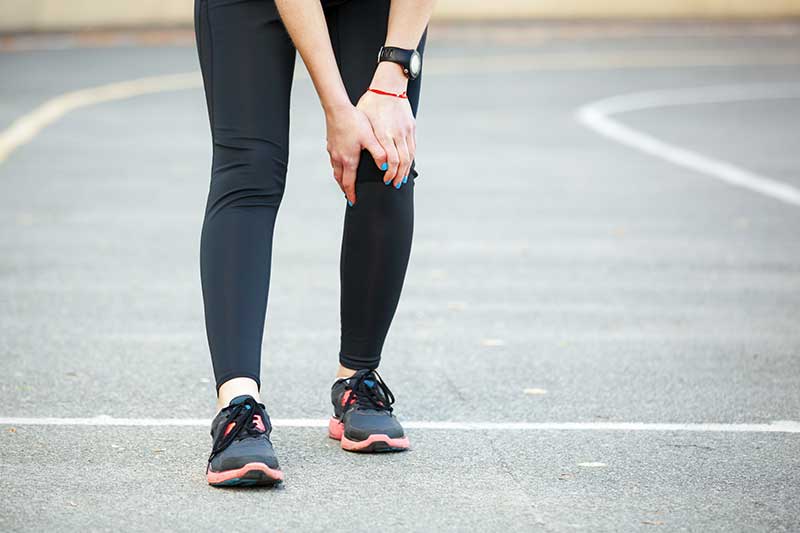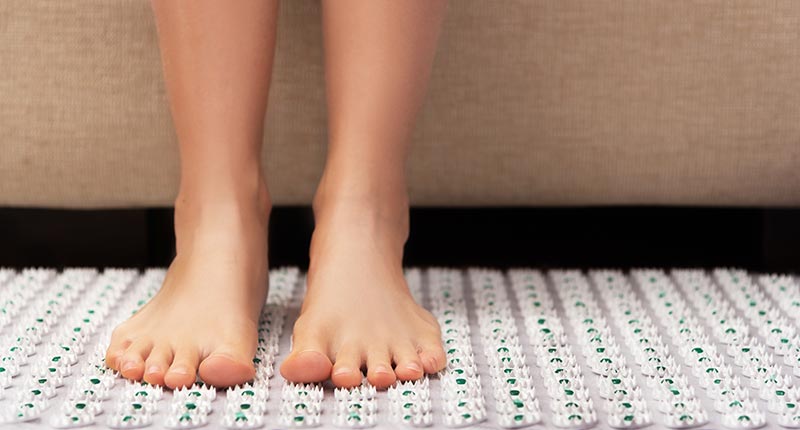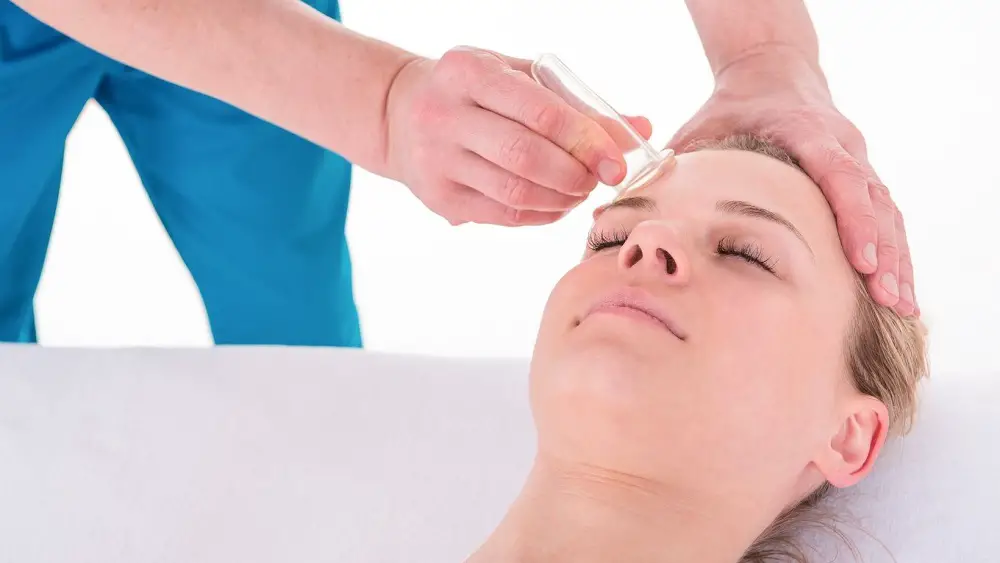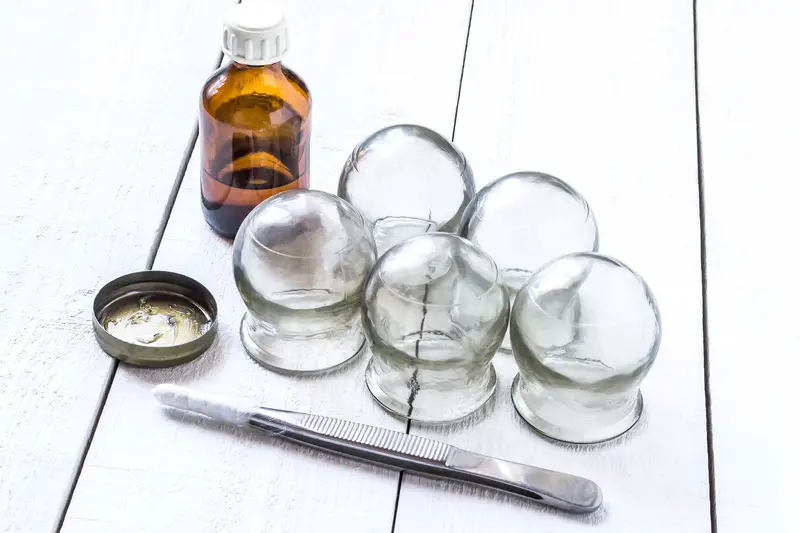With professional athletes like Michael Phelps and Draymond Green, proudly flaunting their big purple dots, cupping it band treatment raised a few eyebrows. People were suspicious at first. But, when superstars like Victoria Beckham and Jennifer Aniston too showed off their cupping marks on the red carpet, the treatment soon became a widespread sensation. Now countless people are looking to give it a try.
Don’t get the wrong idea, though – cupping is not a new craze. It’s something that has been around for thousands of years as part of ancient Chinese practices. It’s said to promote the proper flow of Qi through the entire body and help it balance out the Yin and Yang.
But, what about the iliotibial band (ITB)? Can you use it to reduce the tightness from IT band issues? Here we will take a closer look at what cupping can do for this type of tension and whether or not patients can use it to promote their general health.
What Is Cupping?

Let’s start with the basics. Many different Chinese alternative therapies exist – cupping is one of them. It includes the usage of cups that create a suction or a vacuum when they are placed on the skin. This vacuum can speed up the natural flow of blood and help boost the healing process.
This treatment is believed to restore balance, aid with the resistance to pathogens, soothe the pain, and promote blood flow in the entire system. The vacuum where the cups are used will suck the skin inside the cup and lift it, bursting a few vessels to boost the circulation and alleviate the tension in the muscles.
If you want to learn more about this popular therapy, you might want to check out the “Guide to Modern Cupping Therapy” by Shannon Gilmartin. You can learn a thing or two you probably had no idea existed.
People compliment this treatment for several conditions and problems, but mainly for pain and discomfort. Yet, according to research, cupping has the potential to bring out more than just a typical placebo effect. It may have potent rejuvenating properties that could be useful for the following issues:
- Regular cough
- Shortness of breath
- Shingles
- Sciatica pain
- Spinal disks pain from age and tearing
- Facial nerve damage
But, what about IT Band issues?
Cupping for IT Band Issues – Does It Work?
 The iliotibial band (ITB) is a type of structure similar to a muscle. It appears on the outside of our thighs.
The iliotibial band (ITB) is a type of structure similar to a muscle. It appears on the outside of our thighs.
When the structure works appropriately, it helps us move with ease. But, when we overuse the muscle, whether it is from exercise or over-exhaustion, the structure will become too tight. Even if you are healthy, the tightness has a high possibility of causing a wide range of problems and different injuries.
Researchers have always pointed out the importance of getting the tightness treated and reduced. However, not many of the techniques that are currently available reduce the tightness completely.
As a result, a group of researchers decided to take the initial approach and analyze the effects of this trendy treatment for ITB tightness. One particular study published by Madeline M. Beihl at Illinois State University has investigated the treatment’s effect and potency in ITB treatment. This is the first study ever to research the effects of cupping it band treatment and how it can manage ITB issues.
The goal of the study was to determine if this type of treatment could boost knee and hip motion, release the tightness, and soothe the pain.
The experiment was conducted in the Athletic Training Laboratory, where 40 healthy volunteers agreed to participate, 23 of which were females and 17 males. To soothe the ITB tightness, researchers used the dry cupping method. Each volunteer received a treatment of precisely 7 minutes directly on the affected area.
The initial results didn’t show a significant change. However, 24 hours after the intervention by implementing running effect sizes, the results did change. The statistics showed that a single use of cupping treatment might be useful in reducing the ITB tightness and boosting hit motion. But, for lasting results and more noticeable differences, more treatments are necessary.
Simply put, dry cupping has potential, but unless it supports multiple treatments, the effects may not be that ideal. For those who want to try it at home, you can check out our guide on the best cupping set. You don’t have to spend hundreds of dollars when you can get this one at a much lower price.
What Makes Cupping Any Good for IT Band Treatment?
According to John Stan, a Doctor of Traditional Chinese Medicine, IT band issues, hip, and low back pain are common problems. Some people may experience extremely adhered and compressed muscle tissues, while others won’t feel much of an impact during the day. Regardless, patients still need to get the tightness treated.
For those who deal with severe ITB problems, it will start to impact their daily life. This ancient Chinese practice has the potential to relieve these issues, since it:
- Flushes out all the toxins from the system
- Rehydrates the muscle tissues
- Relieves the nerve receptors
- Gets rid of any fluid retention
- Soothes the persistent pain
Because of how beneficial it can be, people can try self-cupping at home. While it may seem a little complex at first, it can do wonders for your health. So, if you want to save some money but still get a reliable cupping treatment, it might be a good idea to invest in the right tools. You can try the Premium Quality Cupping set, for professional use.
Final Thoughts
Even though current research on the effects of ITB issues with cupping is scarce, it’s safe to say that an alternative treatment such as cupping IT band has potential or not. For those looking to soothe the tightness, it might prove useful. But, more studies are necessary to know if it will have the same benefits for long-term use.
References
https://elle.in/article/9-celebrities-who-are-into-cupping/
https://www.healthline.com/health/cupping-therapy#conditions
https://www.ncbi.nlm.nih.gov/pmc/articles/PMC3289625/
https://ir.library.illinoisstate.edu/cgi/viewcontent.cgi?article=1729&context=etd
 P. Sze
P. Sze 















